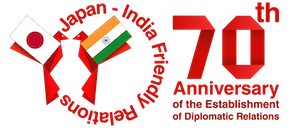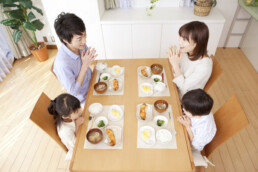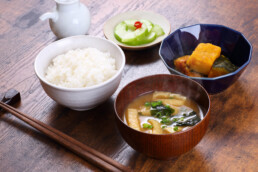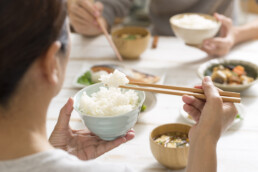The Japanese word for chopsticks is “hashi” which is a homophone with the Japanese word meaning “bridge”. Japanese chopsticks provided a bridge between the human and the divine. Rather than for taking ordinary meals, they were used, at first, for sharing food with the gods.
When we divide the world by the utensils used for eating, the hand-eating culture (Southeast Asia, Middle East, and Africa) accounts for 44%, almost half of the world, the cutlery culture (Europe, America, and Russia) accounts for 28%, and the chopstick-eating culture (Japan, China, Korea, and Vietnam) accounts for 28%. It is said that the world’s population of Japanese people (about 28%) is spread over a surprisingly wide area of East Asia.
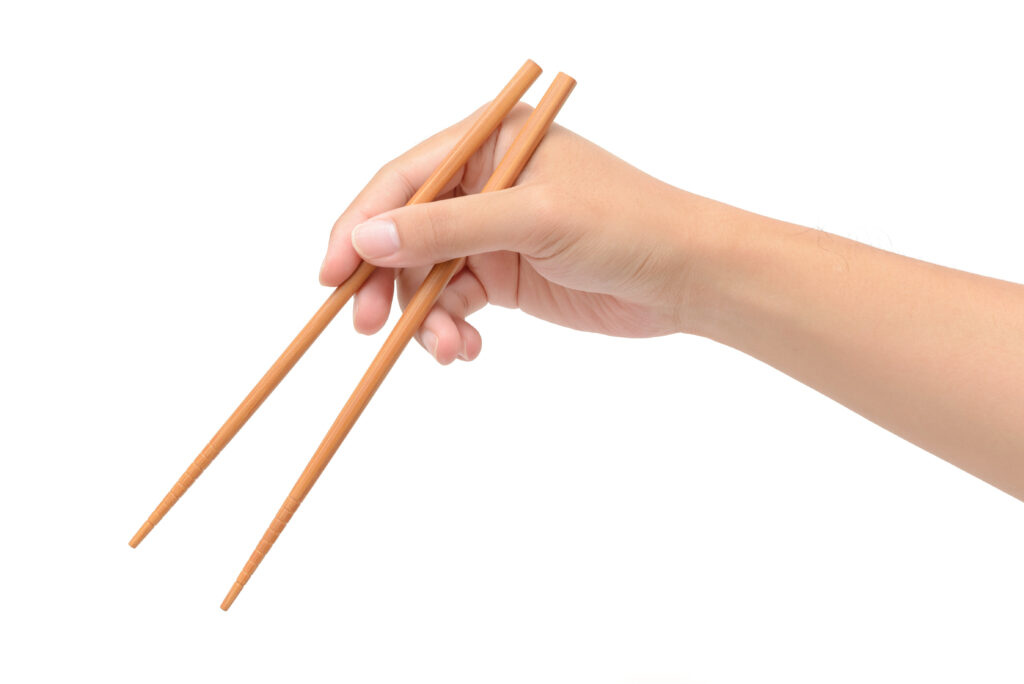
However, even in the chopstick-eating cultural sphere, the majority of people use chopsticks and a spoon as a set, and the style of eating with chopsticks alone is unique to Japan, making Japan the only “complete” chopstick-eating cultural sphere. It is said that this may be because chopsticks are suitable for eating sticky Japanese rice, which is different from Indica rice.
Furthermore, the custom of eating with one’s own chopsticks is also unique in Japan, and is not found in other chopstick-eating countries.
You must enjoy “Mouth seasoning”, If you enjoy eating rice
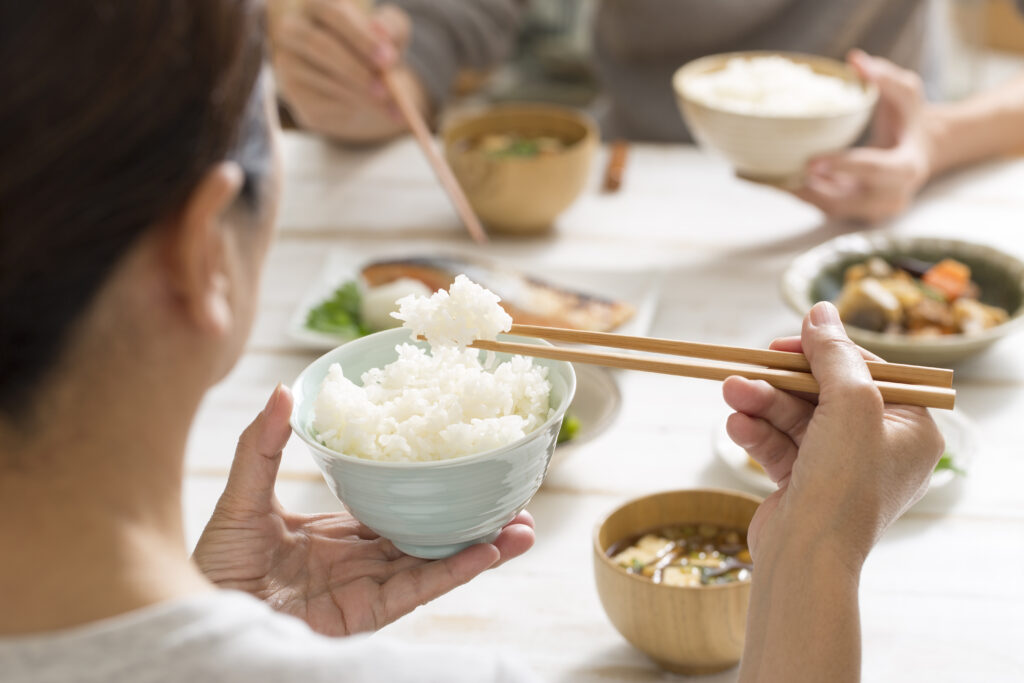
There is a certain manner of eating in which we eat, how we eat it and how we use chopsticks.
It is called “Mouth seasoning”, in which rice is eaten alternately with side dishes or soup. This is a unique Japanese way of eating rice, which has sheer taste, and is seasoned in the mouth with the flavours of the side dishes. In Japanese cuisine, the original way of eating rice is to always have the rice in between the side dishes and soup, as in “rice and greens” or “rice and soup.”
If you want to know more about Japanese culture you can check Our Differences.
